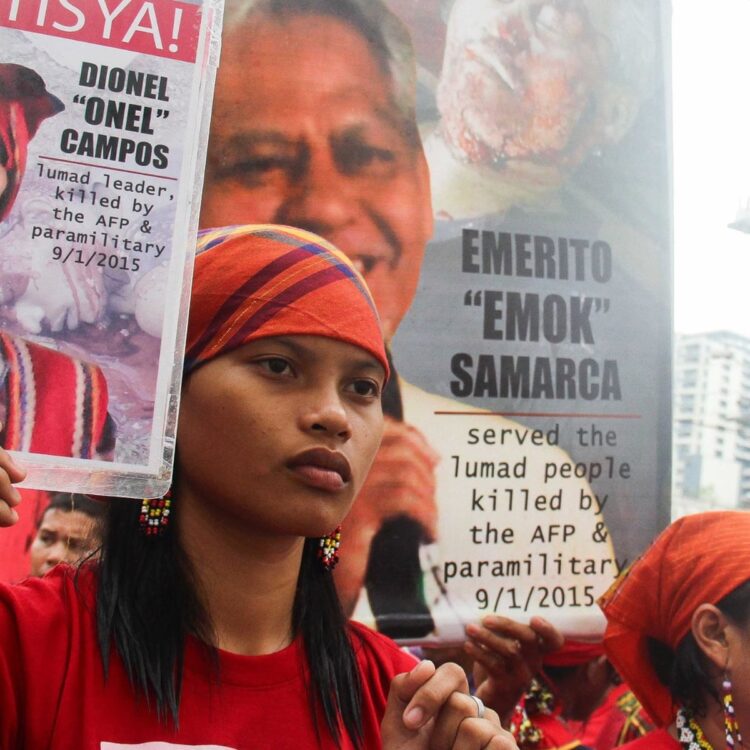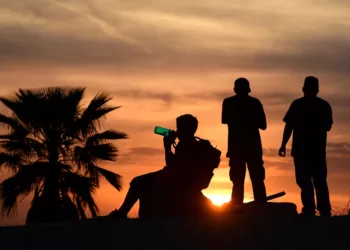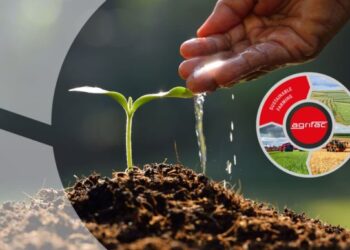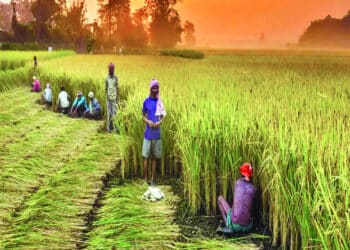The Human Rights Organization, Global Witness, has presented its new figures which foreground that in 2020 alone, 227 lethal attacks on activists for the environment were unleashed. Their data suggest that as the climate crisis is aggravating, the ones fighting to protect the land and environment would be vulnerable to such atrocities.
The organization, Global Witness, has been collecting data since 2012 on the killings of the environmental defenders and this year has been recorded as one of the most dangerous ones with an average of four killings a week.
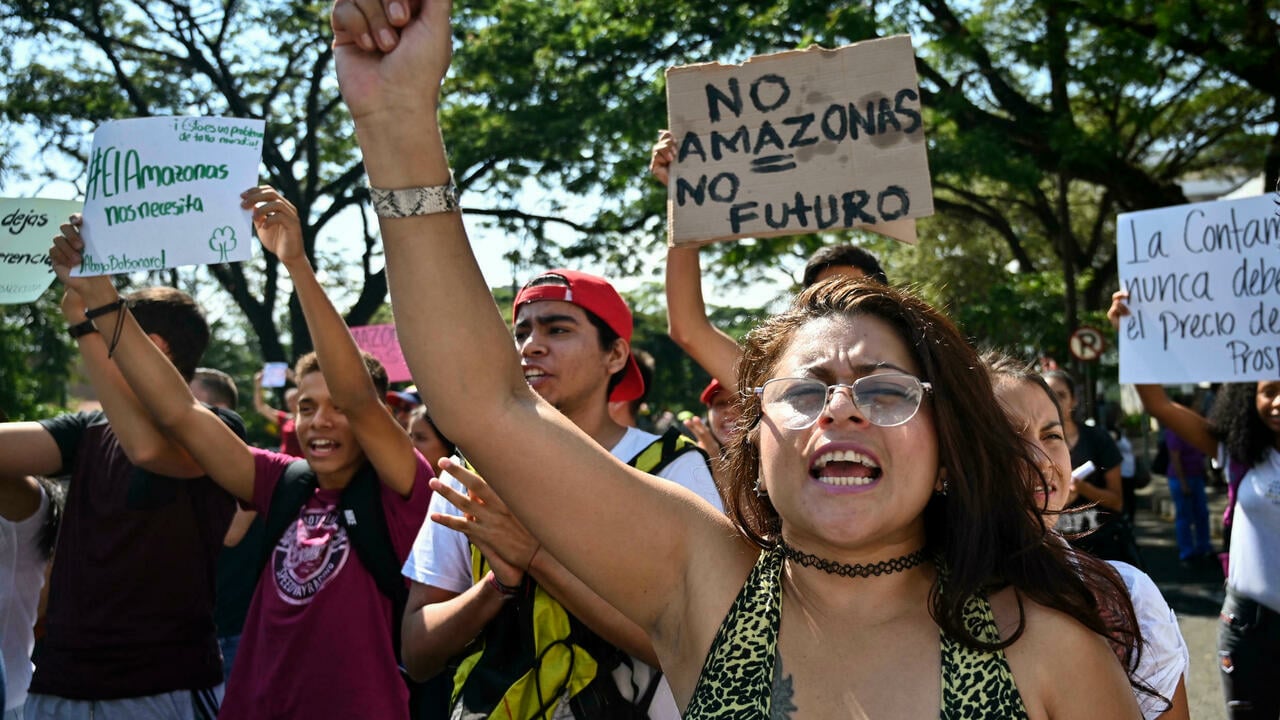
According to a report by BBC, a senior campaigner for Global Witness, Chris Madden, asked the governments to “get serious about protecting defenders.” He also said that companies must start “putting people and planet before profit’ or he warned that “both climate breakdown and the killings” would continue.
“This dataset is another stark reminder that fighting the climate crisis carries an unbearably heavy burden for some, who risk their lives to save the forests, rivers, and biospheres that are essential to counteract unsustainable global warming. This must stop,” Madden added.
Indigenous people continue to be the easiest targets of these killings. The report asserted that for a second time, Columbia recorded the highest number of killings in 2020. The murders of 65 land and environmental defenders were reported. The 2016 Peace Agreement also didn’t contribute much to the cause of reducing this number.
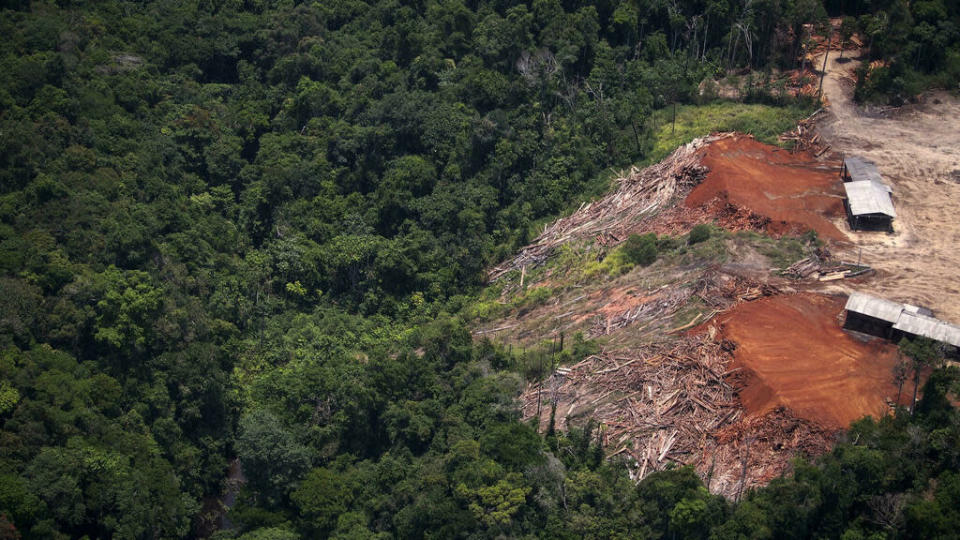
In Mexico also, 30 legal attacks were identified, which was a 67% marked increase from 2019. Half of the attacks here also were against the indigenous communities. However, surprisingly, 95% of these murders do not result in prosecution, noted the report.
The Philippines with 29 deaths is third on the list, making it “once again the most murderous country for defenders in Asia,” reported The Guardian. The most number of massacres were also observed here.
The COVID-19 lockdown also didn’t slow down the number of attacks, when the whole world was just trying to get back on its feet. “2020 was supposed to be the year the world stood still, but this didn’t translate to fewer attacks. In some countries, the protest was shut down while industries were allowed to continue. We saw that with mining in the Philippines and further encroachment in the Amazon,” Madden said.
Leon Dulce, an environmental defender and national coordinator for Kalikasan People’s Network for the Environment in the Philippines, said the COVID-19 lockdown has increased the violence against the indigenous population.

Dulce told the newspaper The Independent: “In the Philippines, the lockdown was essentially a crackdown,”
“When the pandemic started here, the government enforced a militaristic lockdown. It focused more on restricting the movement and curtailing the freedoms of Filipino citizens, and that also affected the work of environmental defenders.”
“The lockdown was used to justify the dispersal of indigenous people blockading a mining project. It’s been used to justify the dispersal of protests in the capital and provinces as well.”
The report also highlights that 18 environmental defenders were killed in Africa in 2020, compared to seven in 2019.
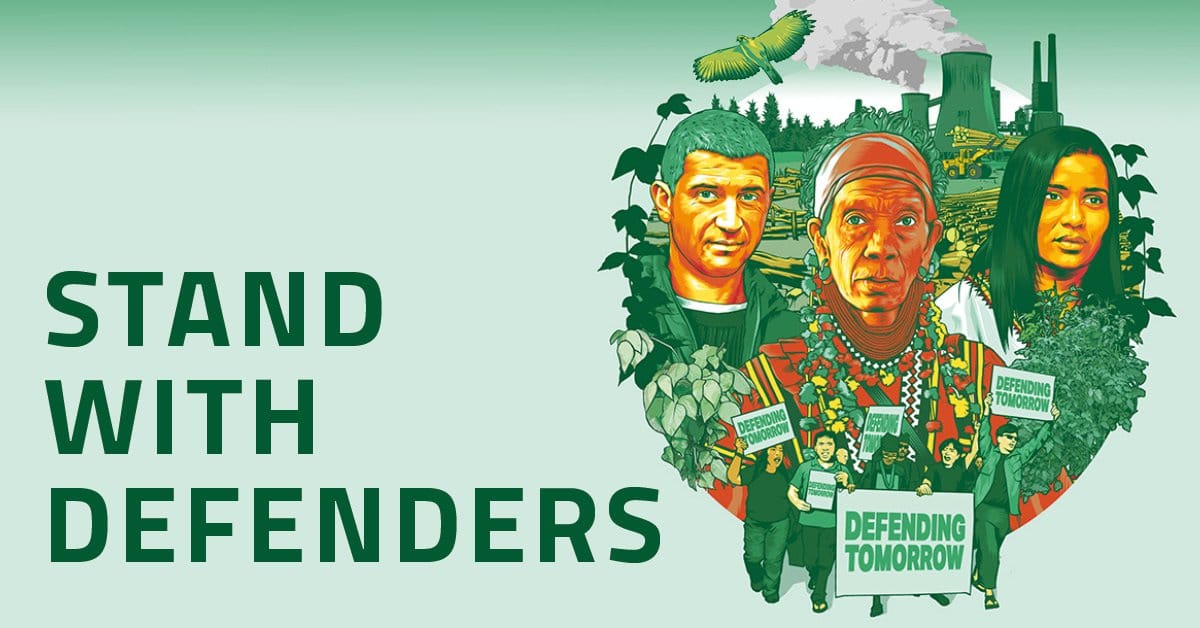
It added that at least 30 percent of recorded attacks were associated with exploitative industries such as logging, mining, and large-scale agriculture. Logging was associated with 23 murders, the highest of any industry.
According to the Independent, US environmentalist Bill McKibben, who wrote the foreword to Global Witness’s annual update on defender murders, said: “Corporations need to be more accountable, and they need to take action.
“Meanwhile, the rest of us need to realize that the people killed each year defending their local places are also defending our shared planet — in particular our climate. The activities that flood our atmosphere with carbon — fossil fuel extraction and deforestation — are at the heart of so many of these killings.


